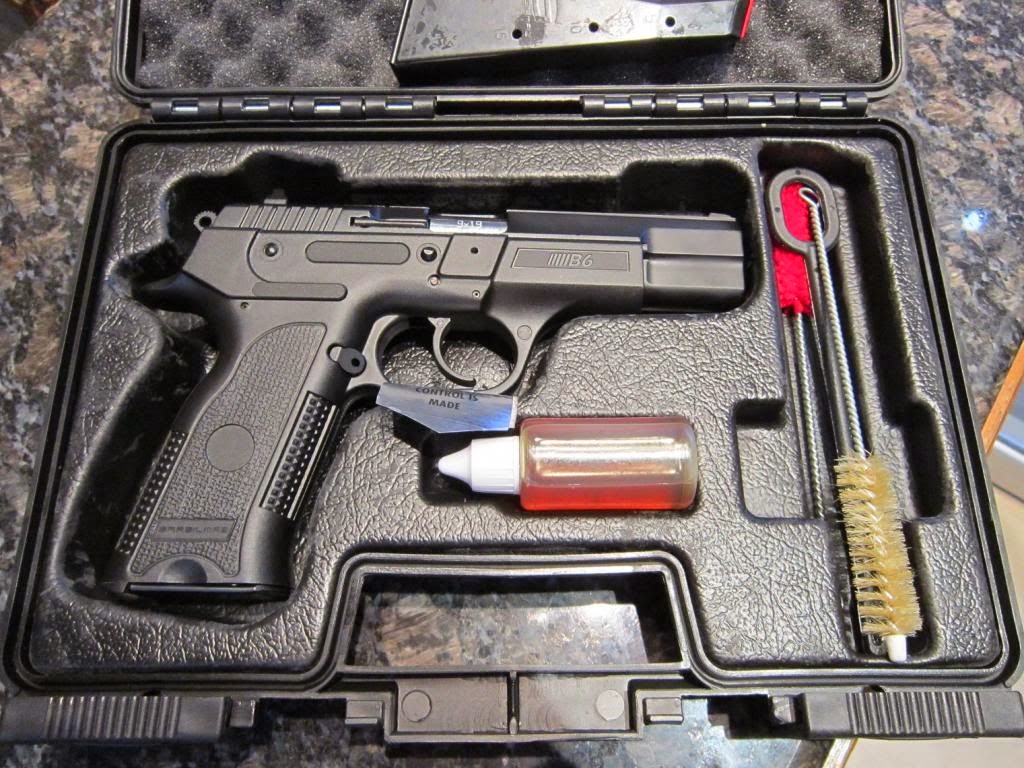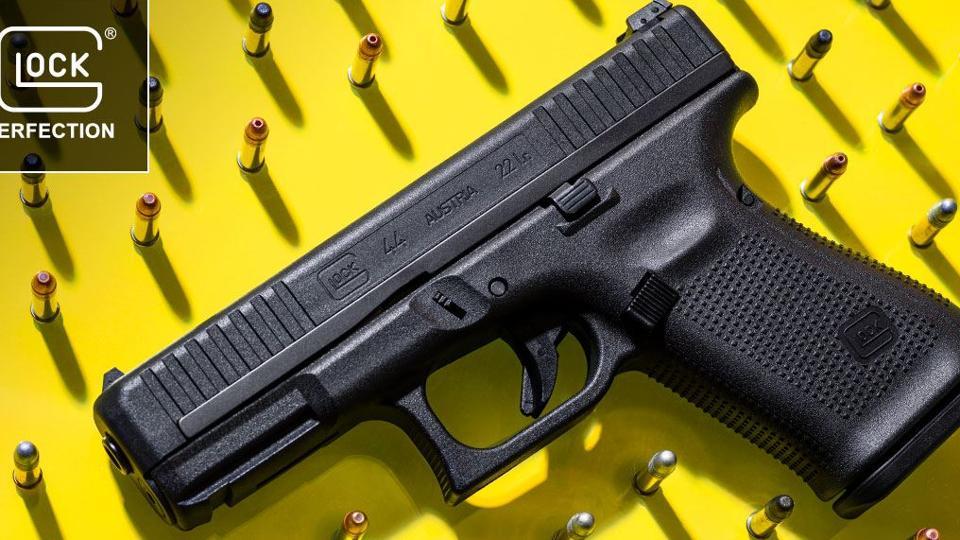
He added that if I wanted something fancier, then I should look up Nawabzada Ustad, who is known for producing exact copies of the world-famed and highly prized Holland & Holland double barrel shotguns. “But you have to wait for at least two months because the man already has hundreds of orders.” “If you want a hand gun for self defense then you should purchase a TT pistol from Malang, who is a very skilled gunsmith,” one of my friends from Mattani told me. Today, most of the local people prefer imported arms for their superior quality, but if you have a tight budget, it’s advisable to find one of the skilled gunsmiths of Darra and get a gun made on order. The British called the guns produced by these Hindustanis the ‘pass-made’ guns while in his book The Way of the Pathans James Pain refers to them as ‘Afridi’ guns. Even in the lawless tribal areas, the law of demand and supply remains inviolable, and Darra became a famous weapons manufacturing center within the short span of a few years. The tribesmen of those days, much like the tribesmen of today, loved their guns and were delighted to have at their disposal the skills of this British gunsmith. The local people not only provided them with shelter but also allowed them to set up workshops.įor themselves, the locals chose the more profitable and far easier job of becoming arms dealers and to this day, 99 per cent of the gunsmiths are non-locals but almost 100 per cent of arms dealers and shopkeepers are locals who enjoy a complete monopoly over the trade.īut why did some people, who were very skilled gunsmiths, come to this far flung part of the subcontinent? Locals claim that the first gunsmith who came to Darra Adam Khel was in fact a deserter from the British Army, possibly around the time of the 1857 rebellion, who came to Akhor village where he was accorded a red carpet welcome. No one, however, knows about when arms manufacturing in Darra actually started, but it is claimed that it was established by Hindustani karegaran who came to Darra, most likely from Punjab. It was only after independence that a market, in the true sense of the word, emerged. In 1920, there was no centralised market, but scattered units located away from the main highway which passes through the region. Going by what Ewart wrote, it seems that Darra Adam Khel’s armament industry and black market was well-established and well-known even a century ago.

For these, since they are comparatively cheap and serviceable, there is a ready sale all along the border.”

The villages of the pass are famed for a strange industry - the manufacture entirely by hand of rifles and ammunitions, especially rifles, to the eye so like the products of European arsenals as to deceive all but experts. By it, across a neck of Afridi country, runs the Frontier Road to Kohat and Bannu, to Dera Ismail Khan and Razmak. In his 1922 book, Story of the North West Frontier Province, author JM Ewart writes: “That gap in the low hills (south of Peshawar city) marks the Kohat Pass, which really has a better claim to being a historic highway of invasion than the Khyber itself.


 0 kommentar(er)
0 kommentar(er)
